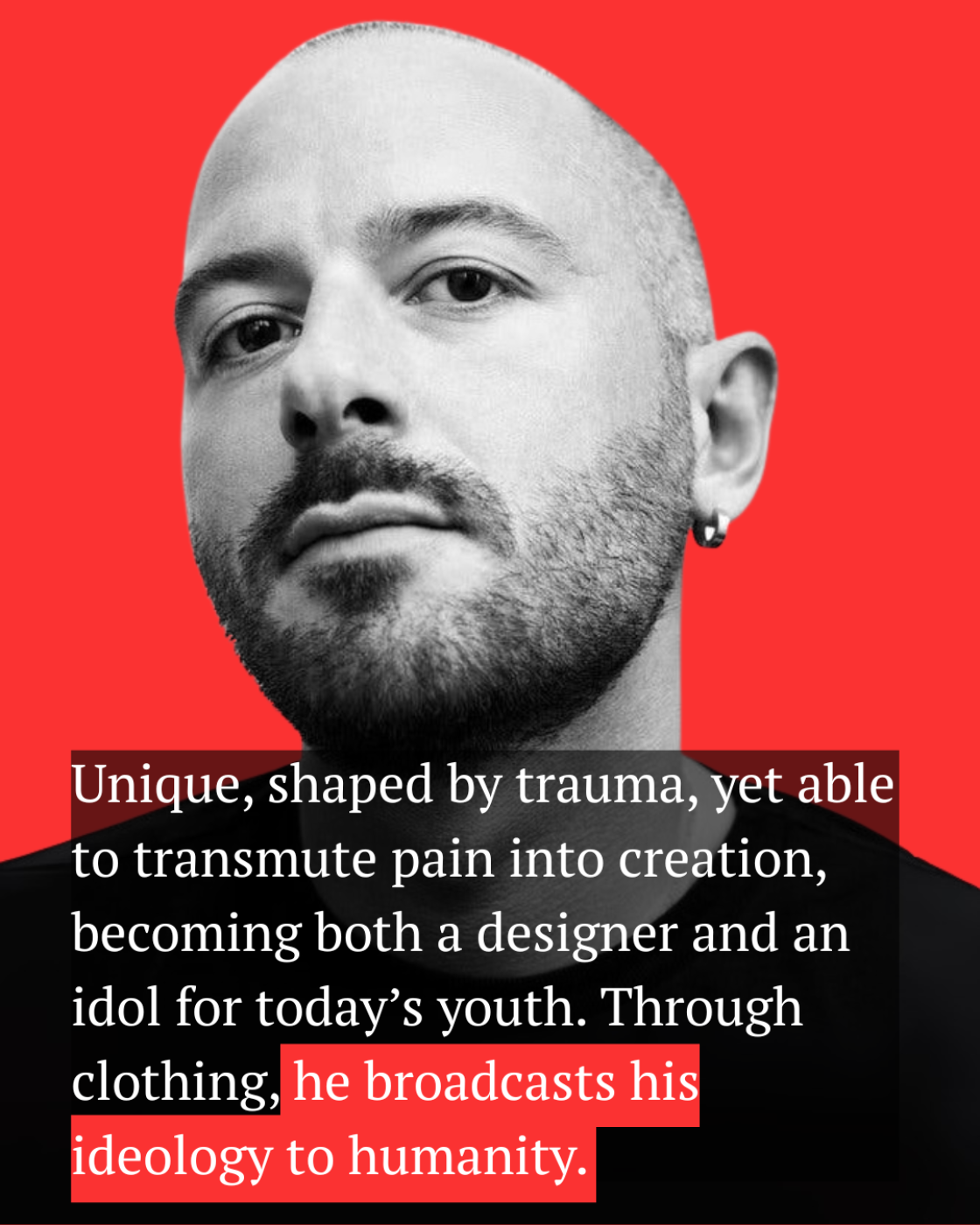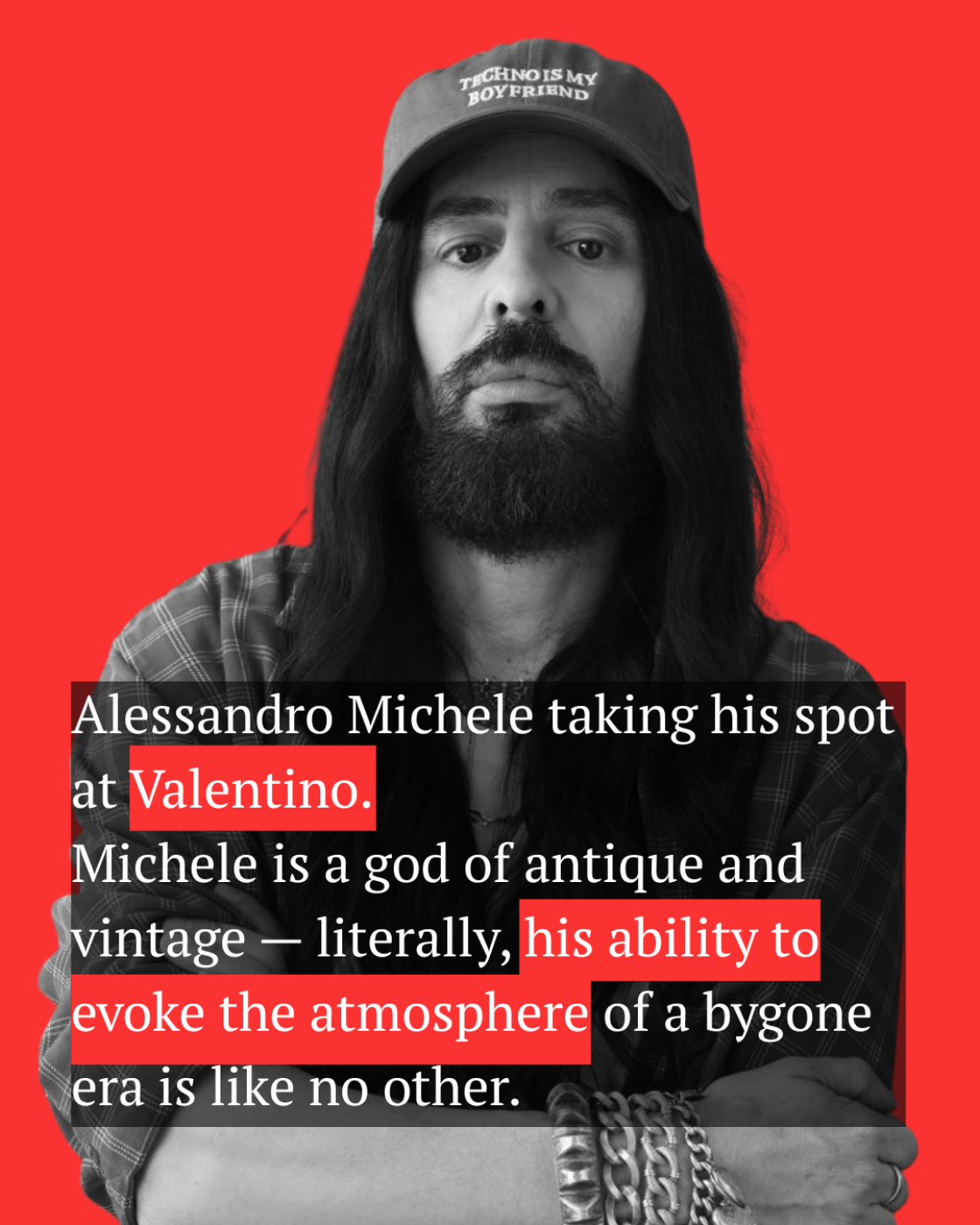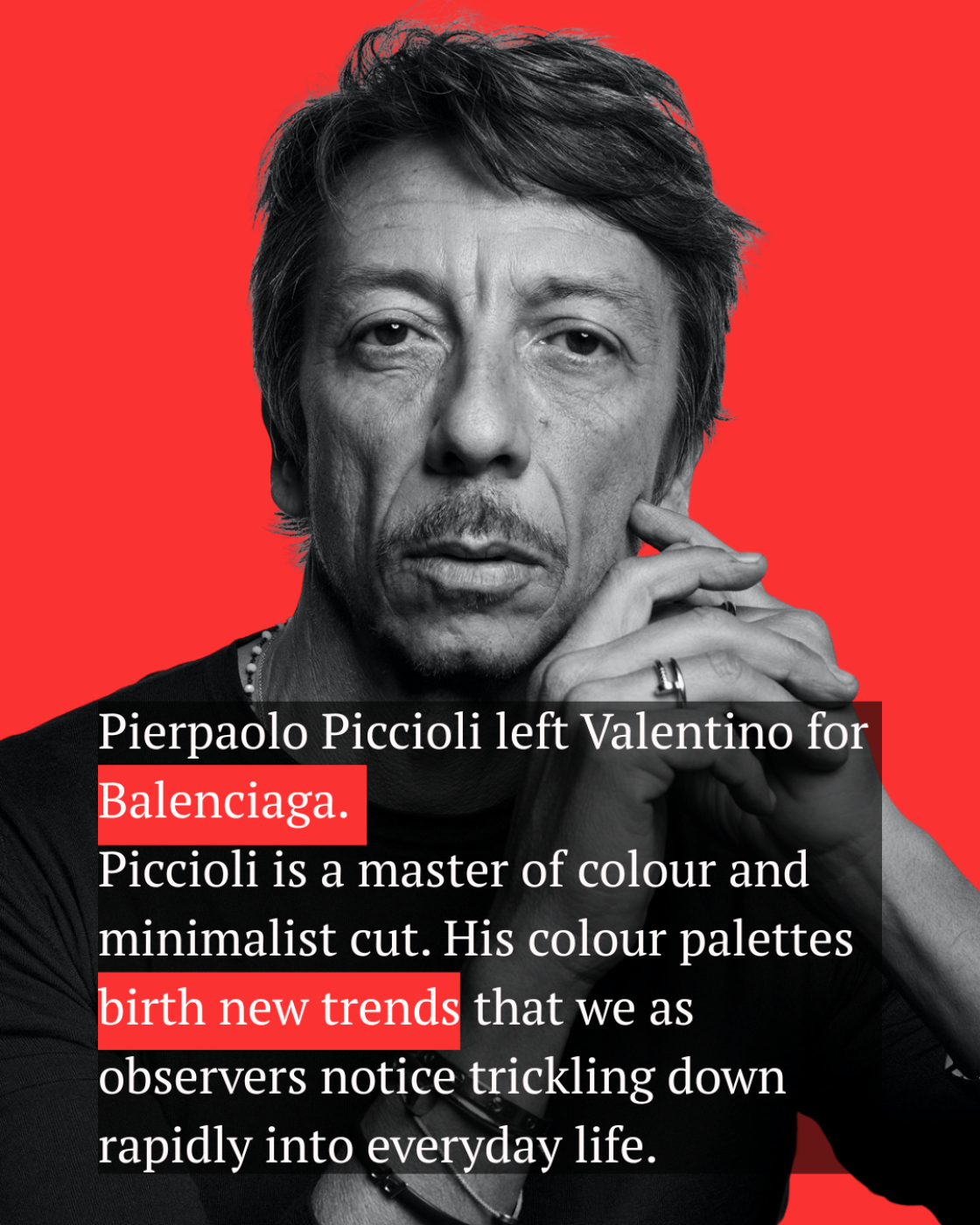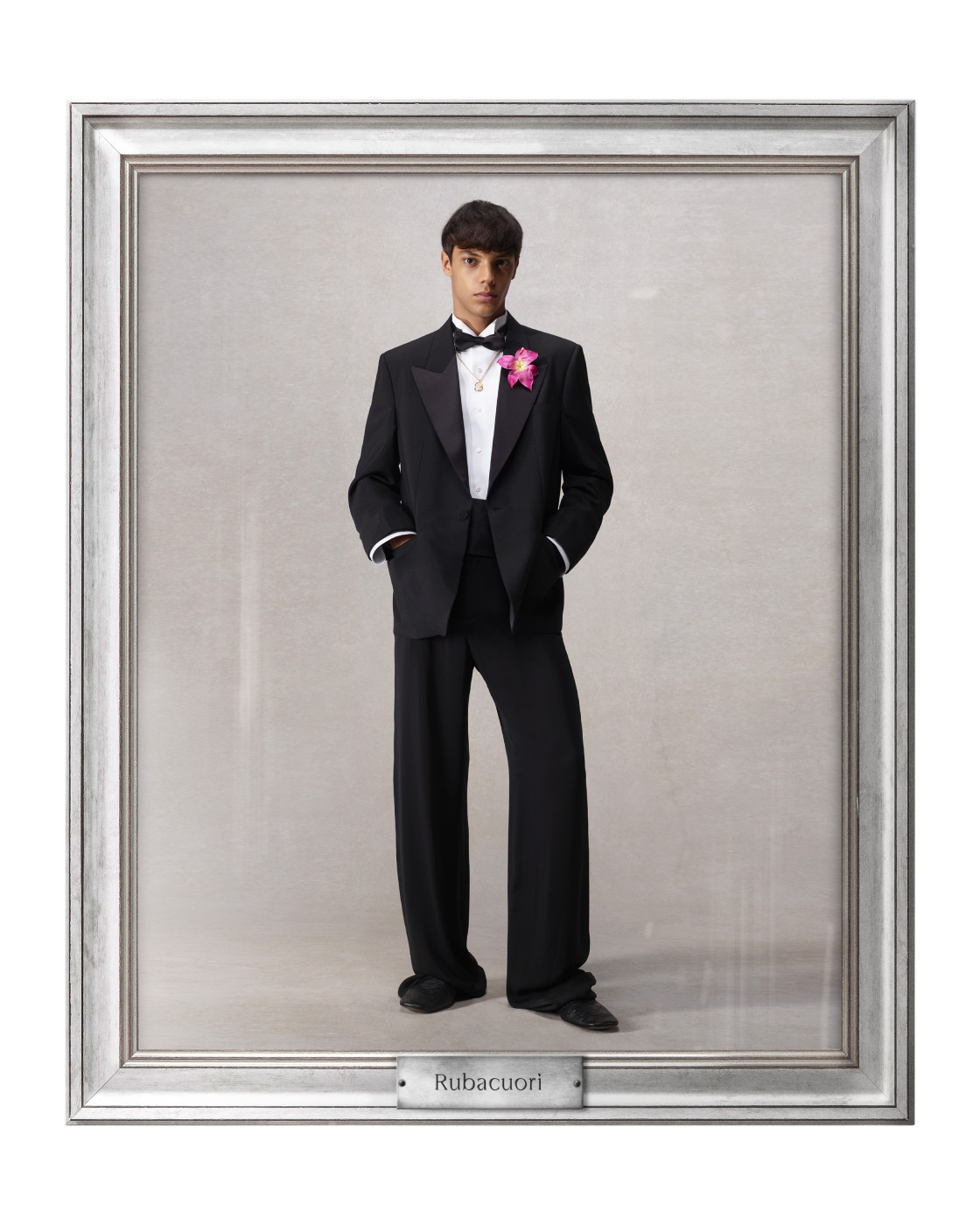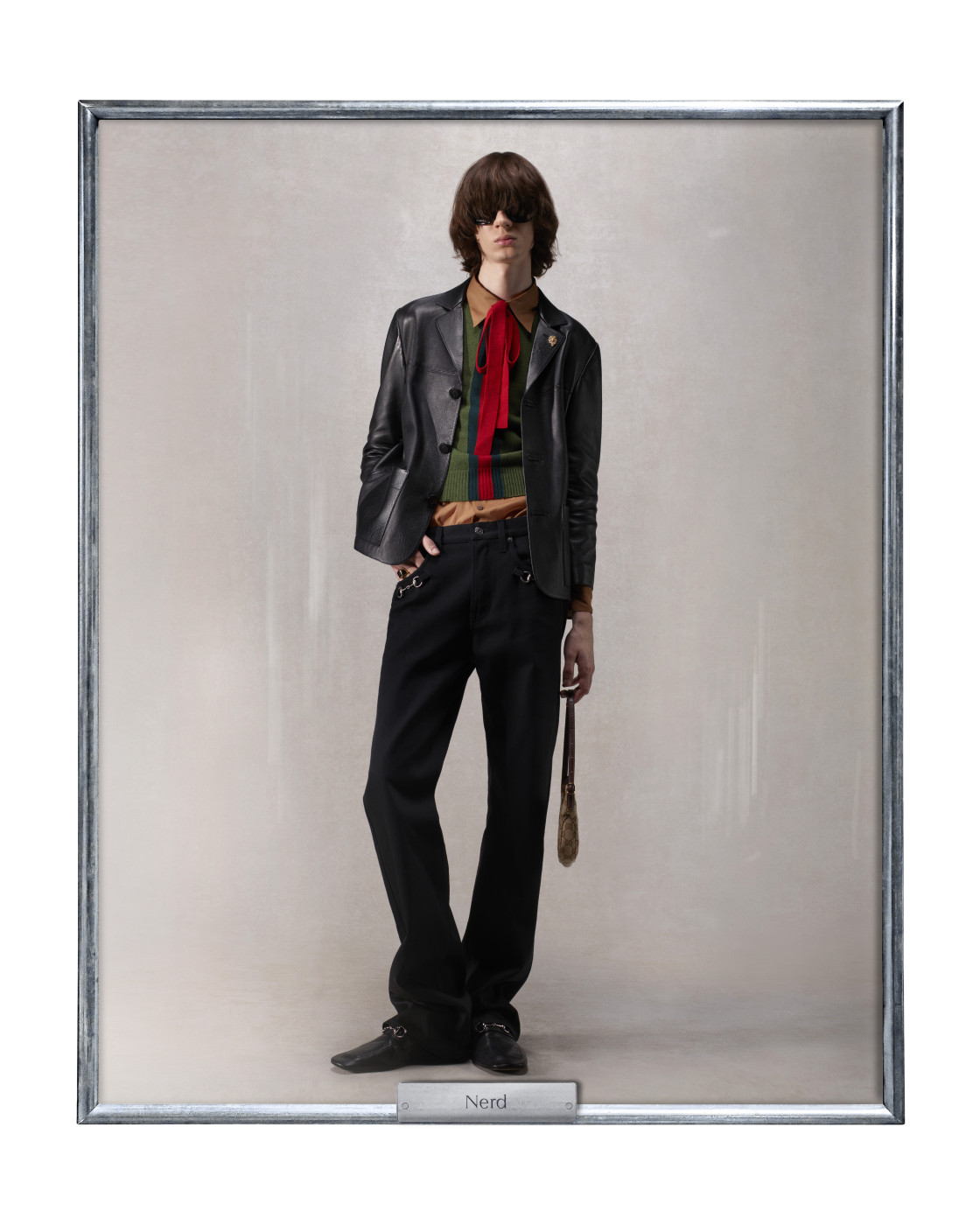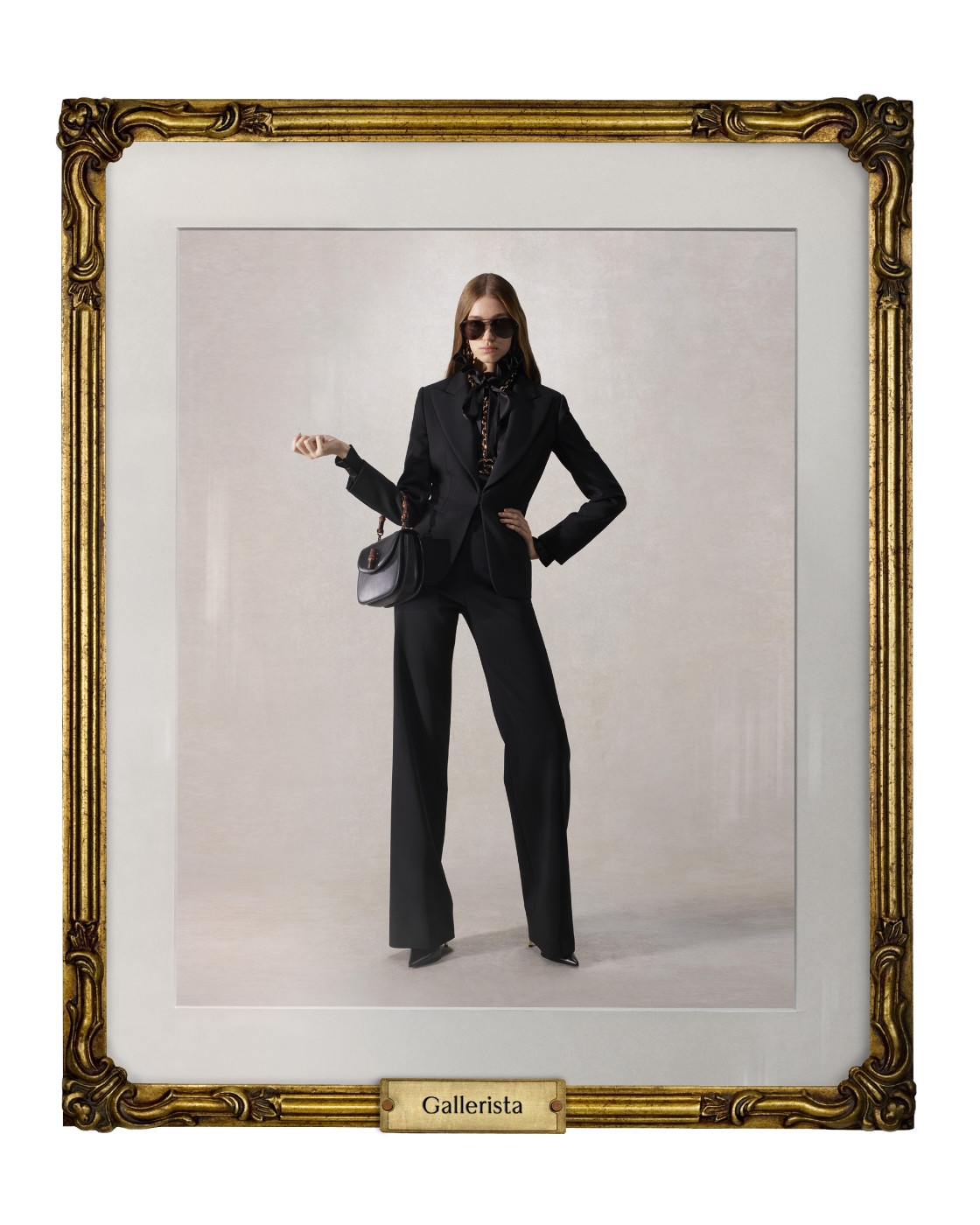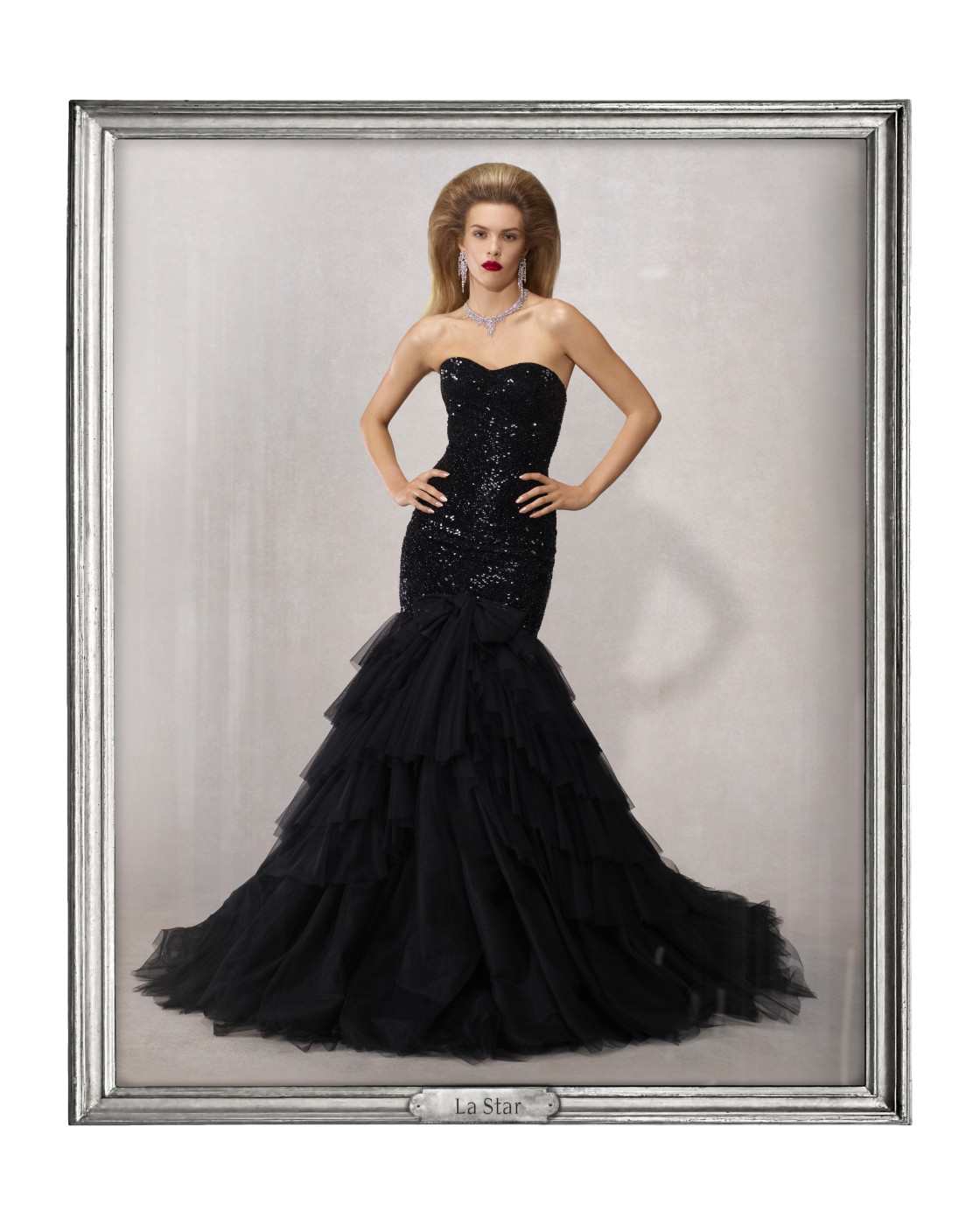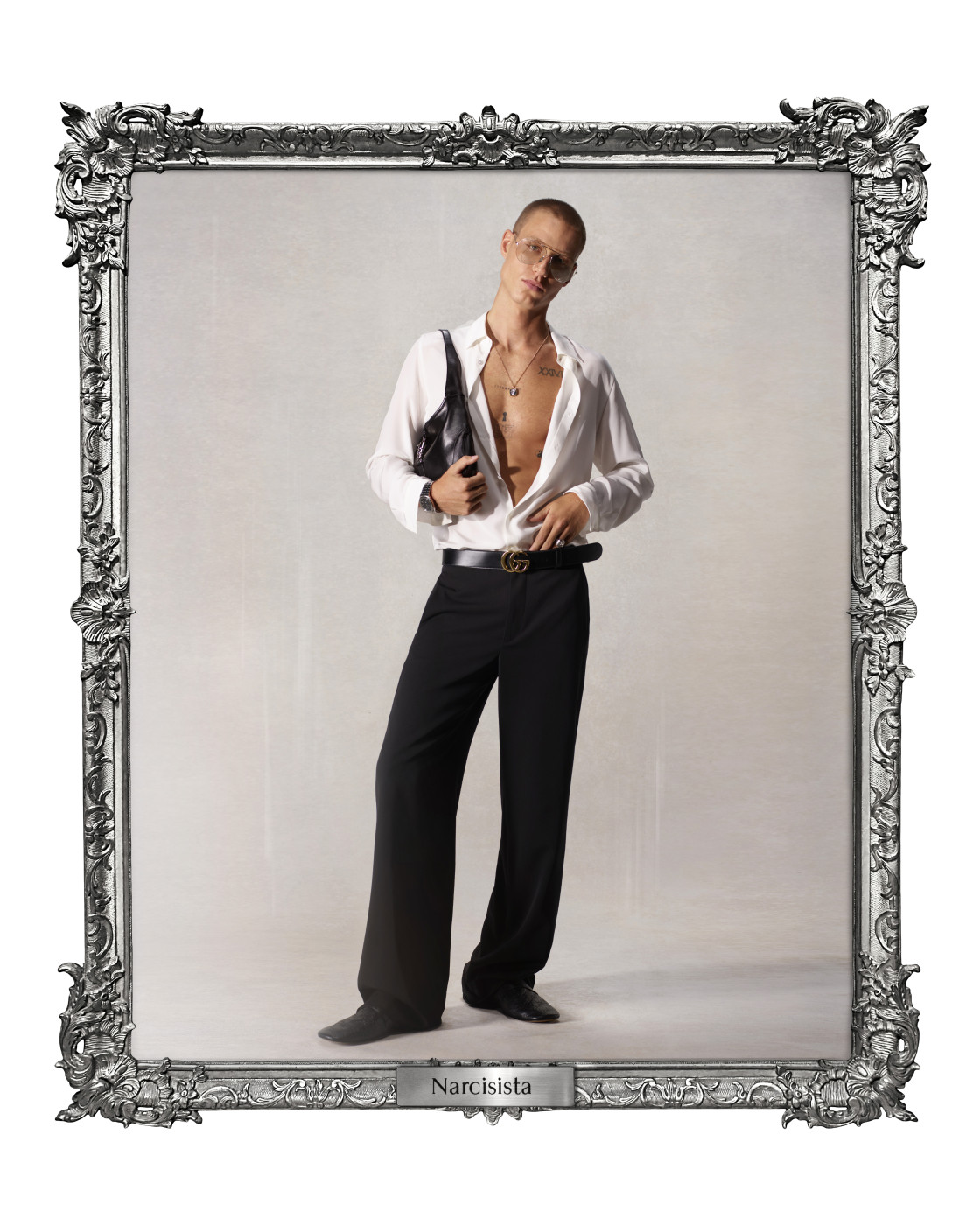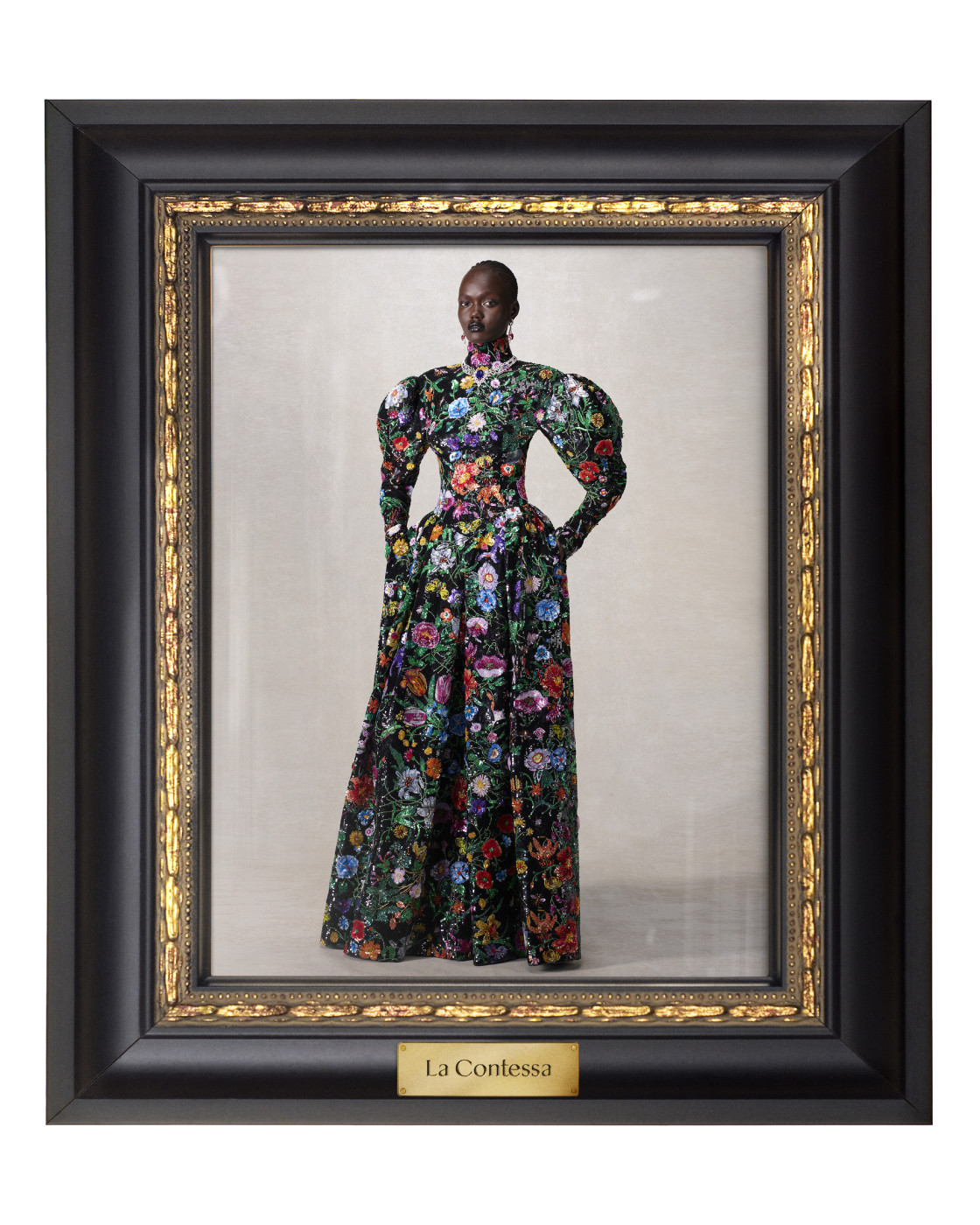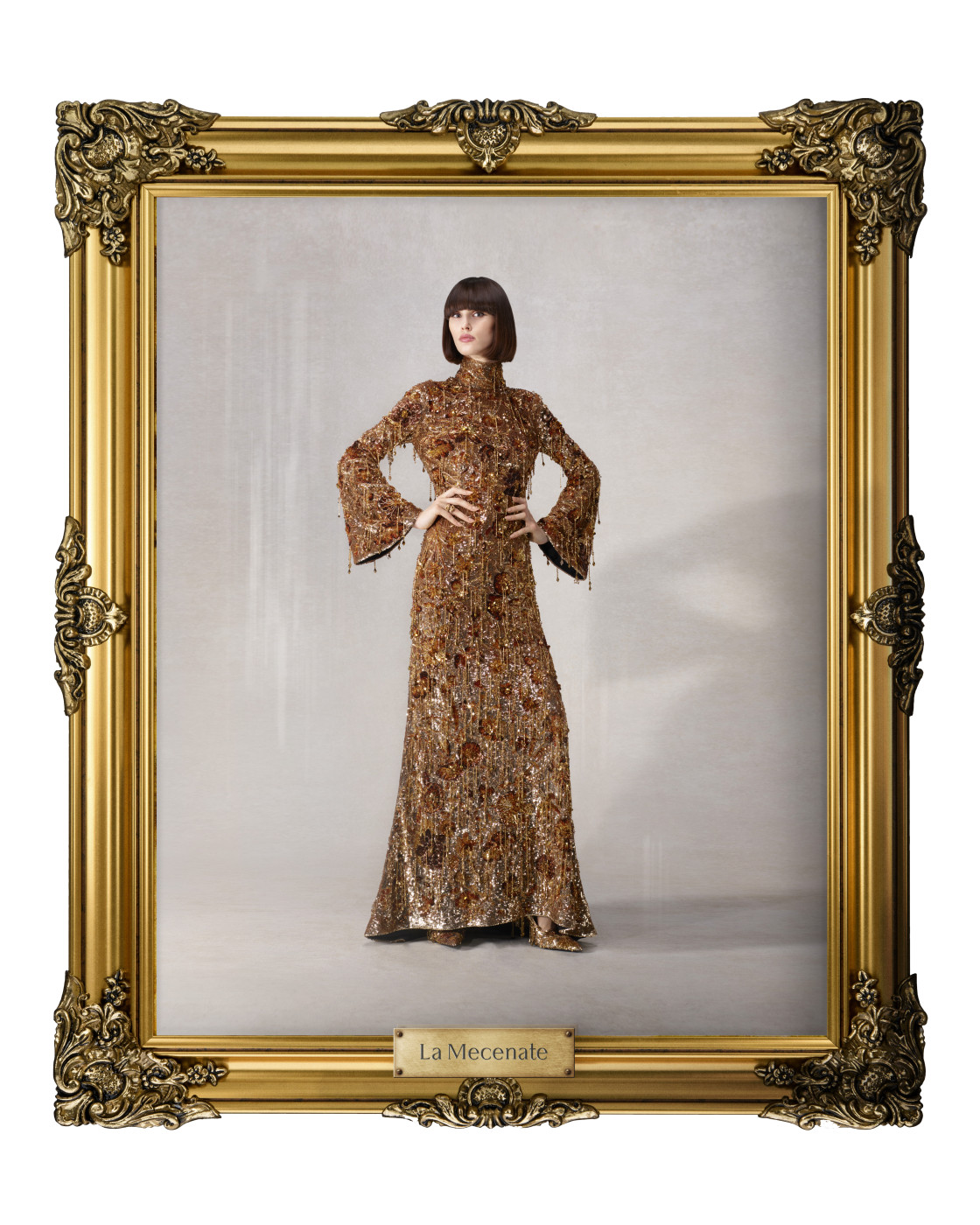
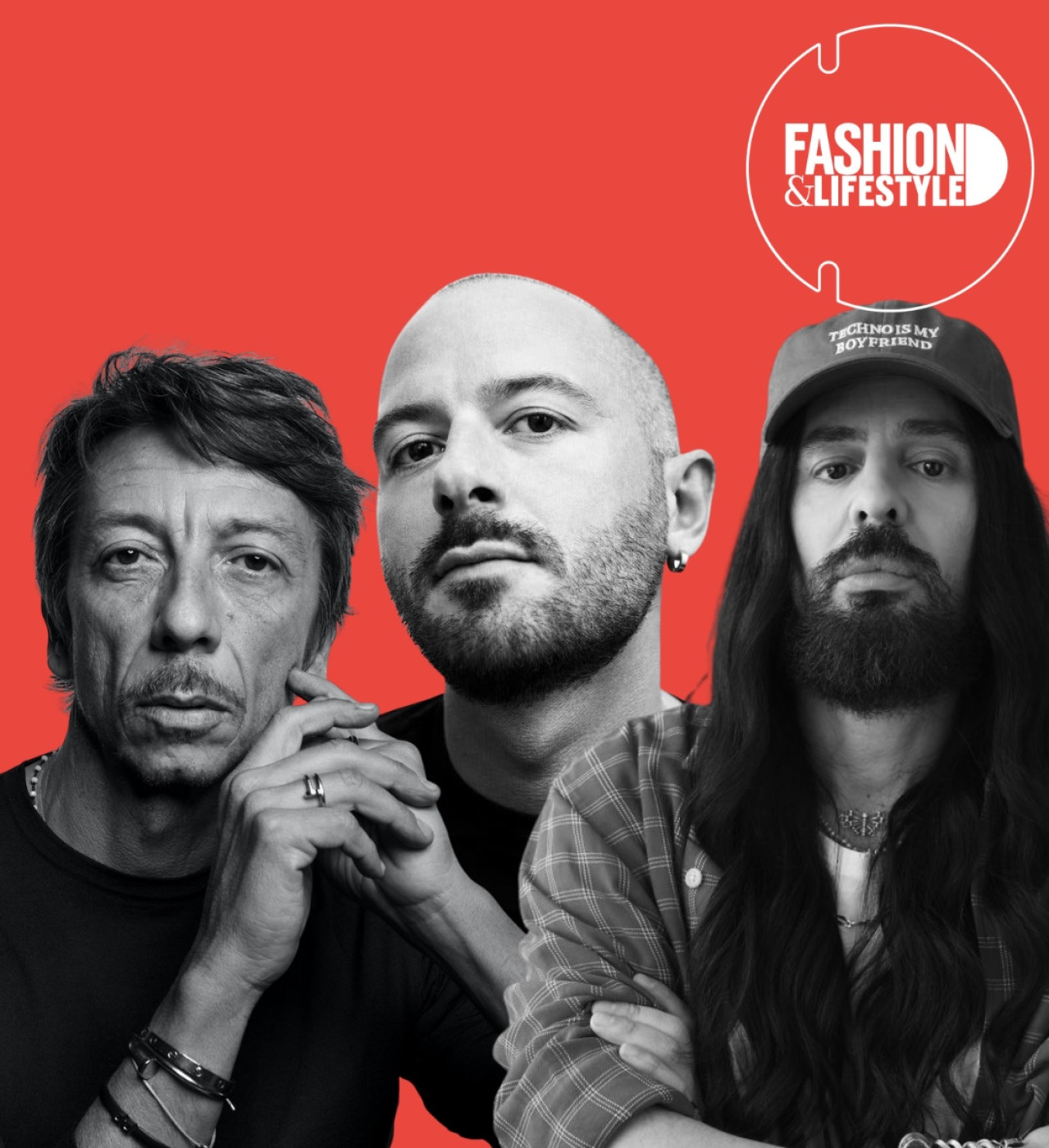
Kering’s Designer Carousel: When the Sum Remains the Same
In mathematics, we know the rule: change the order of the terms, and the sum stays the same. Fashion today follows the same principle. No matter how Kering decides to rearrange its creative directors, the group won’t see its profits skyrocket magically. The real challenges lie in the economic climate, not in the talent — of which Kering has plenty, some of it truly priceless.
This season feels like a turning point. The current Fashion Week will be remembered as one of the most disruptive in recent memory, with house after house swapping creative leads. Gucci, with Demna’s arrival, is no exception.
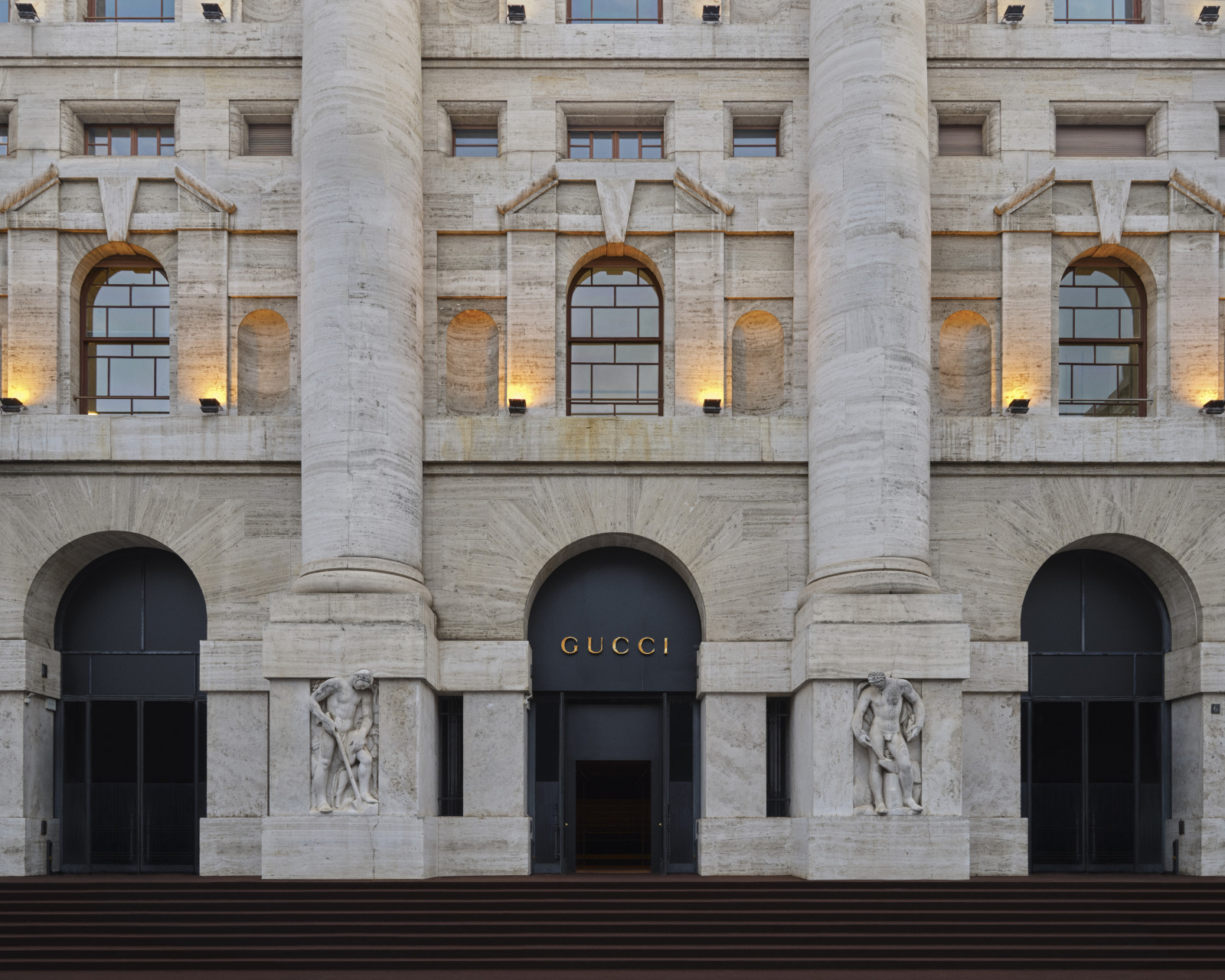
I knew Demna personally. In 2014, when I worked as a fitting model at Louis Vuitton, Demna was already one of the most gifted stylists, working with outerwear and leather goods. By then, he had honed his craft at Maison Margiela, and I had even walked a runway under his direction. Demna was unusual: there was a vulnerability, a hypersensitivity in him. He was not particularly social, yet always remained kind. Always by his side was Martina, his gentle, accommodating assistant and loyal right hand, who would later follow him to Balenciaga.
The Demna of today, of course, I do not know. He became unreachable after he and his brother launched Vêtements, just as I stepped away from Vuitton for maternity leave. At the time, no one realised that the brothers were standing at the threshold of a new era. Today, we’re all well aware of Demna’s rise to global acclaim, his investment into the evolution of Balenciaga, and also the Kering group’s ongoing financial struggles (and not only theirs), which ultimately sparked this ongoing “designer carousel.” Pierpaolo Piccioli left Valentino for Balenciaga, with Alessandro Michele taking his spot, and Demna cemented his position at Gucci.
On the one hand, it is admirable — Kering looks after its own, and I appreciate that loyalty on a human level. On the other hand, the group’s moves reveal a certain desperation, despite the designers themselves being extraordinary talents with distinctly individual styles.
Michele is a god of antique and vintage — literally, his ability to evoke the atmosphere of a bygone era is like no other. Piccioli is a master of colour and minimalist cut. His colour palettes birth new trends that we as observers notice trickling down rapidly into everyday life. And then, of course, there is Demna. Unique, shaped by trauma, yet able to transmute pain into creation, becoming both a designer and an idol for today’s youth. Through clothing, he broadcasts his ideology to humanity.
*Inevitably, the designer carousel has its drama. The controversy boils down to this: Valentino has been “Gucci-fied,” Gucci has been “Balenciaga-fied,” and now we expect Balenciaga to be “Valentino-ized.”*
Only days ago, the celebrated Instagram account Demnagram — the semi-official voice of Demna, founded by a Georgian man, Saba Bakhia — announced that Gucci had wiped its entire feed. It's a shame. Why devalue everything in this way? But these are the new rules of the fashion game: what came before no longer matters. And that, precisely, is where the problem lies. Designers spend years immersing themselves in archives, absorbing the history of their houses and predecessors, only to have it all be packaged as a “complete reset.”
What game is being played here? Let's be honest: what we saw in Gucci’s preview was a blend of house codes and Demna’s personal vision. Antique and vintage frames reminiscent of the Louvre, Victorian silhouettes and floral fabrics — a fiery salute to Alessandro. The “Narcissus” look and men’s trunks with bows — a nod to Tom Ford. The “gallerist” aesthetic — an echo of Frida Giannini’s minimalism. And the rest? Demna’s legacy trailing from Balenciaga.
There’s no criticism here. The archival work has been handled brilliantly. But why erase everything from Instagram? What values are being communicated through social media? And when will this endless game of “reset” finally come to an end?
Courtesy: Gucci
Text: Editor-in-Chief Yulia Harfouch


